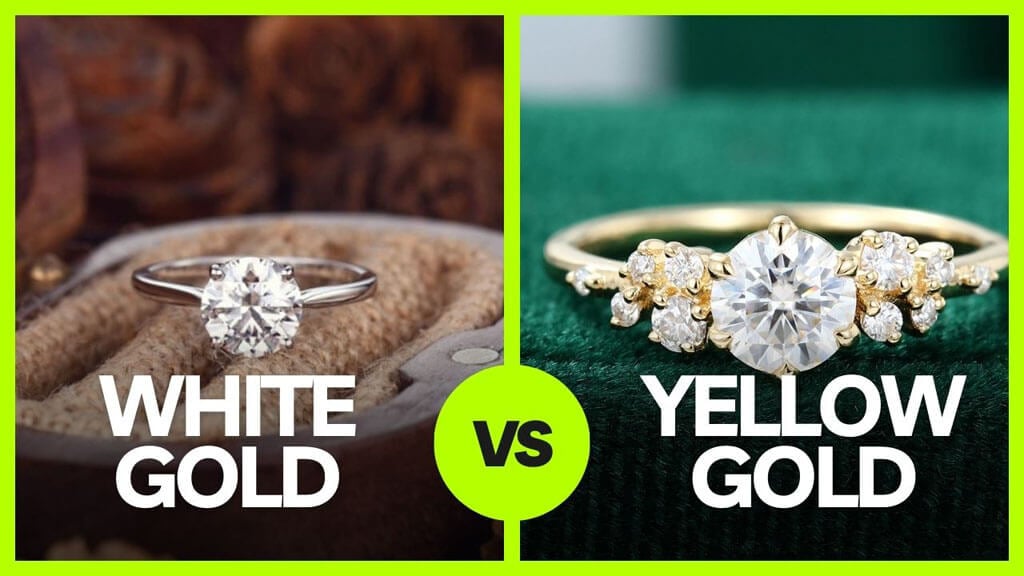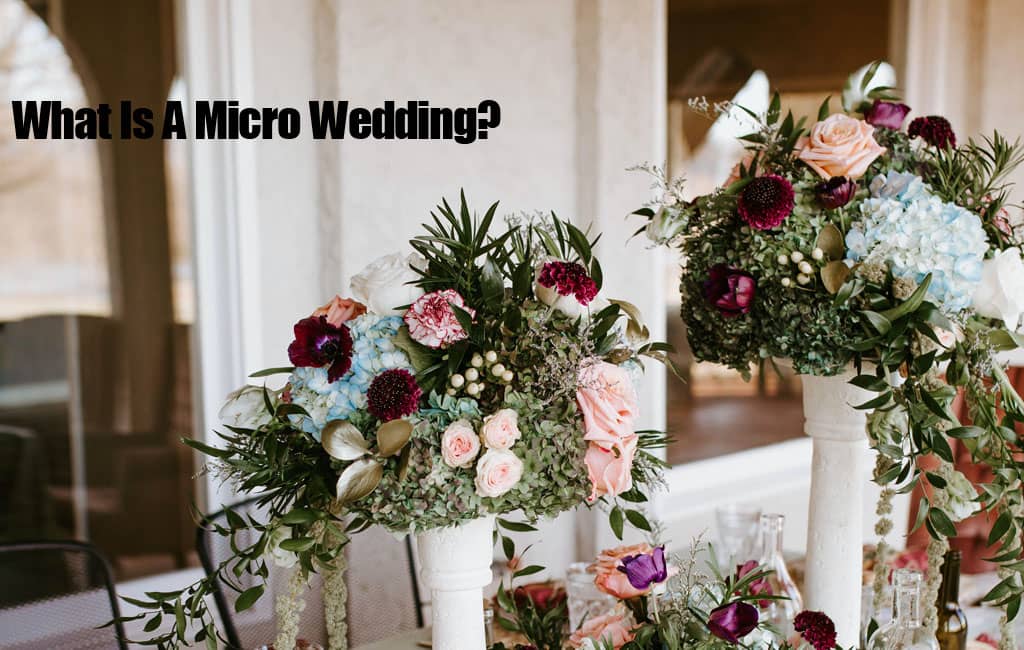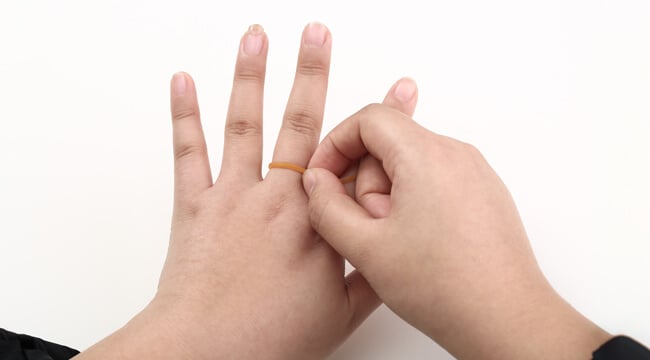When we conjure images of gold, our minds typically wander to its warm and radiant golden hue, reminiscent of sunny days. Yet, in the realm of precious metals, there exists an exquisite alternative – the enchanting world of white gold.
Doubters may question its allure, but rest assured, white gold possesses the same allure and value as its sun-kissed counterpart. Beyond the apparent distinction of color, what sets these two precious metals apart? Let’s embark on a journey to unravel the nuances that distinguish white gold from yellow gold.
What Is White Gold?
White gold emerges as a versatile and sophisticated metal, steadily weaving its way into the hearts of jewelry enthusiasts. Its genesis lies in the alchemical union of gold with lustrous white companions, including palladium, silver, or nickel. This fusion gives birth to a captivating metal boasting a silvery-white visage. The addition of these alabaster allies not only elevates its aesthetic charm but also fortifies its structural integrity, rendering it an exquisite choice for crafting fine jewelry.
Curiously, white gold’s shimmer remains incomplete until it undergoes a transformative ritual, gilding with the precious elixir known as rhodium. This rhodium veneer imparts an iridescent sheen to the jewelry, endowing it with an ethereal luminosity while offering a shield against the onslaught of scratches. An added bonus lies in the rarity of rhodium allergies, assuring comfortable and elegant wear.
The culmination of this intricate process yields white gold in a sleek and lustrous form, reminiscent of platinum or the shimmering sheen of silver.
What Is Yellow Gold?
Yellow gold is a type of precious metal that is widely used in jewelry and other decorative items. It is an alloy of gold, which is naturally yellow, and other metals, typically copper and silver. The specific proportions of these metals can vary, affecting the shade of yellow gold produced, but in general, yellow gold has a warm and vibrant yellow color.
The purity of yellow gold is often measured in karats (abbreviated as “k”). Pure gold is 24 karats, but it is relatively soft and not suitable for most jewelry because it can easily scratch or bend. To make it more durable, it is mixed with other metals, and the resulting alloy is given a lower karat rating. Commonly used karat ratings for yellow gold jewelry include 18k, 14k, and 10k. For example, 18k yellow gold is 75% pure gold, while the rest consists of other metals.
Yellow gold has been a popular choice for jewelry for centuries due to its timeless and classic look. It is often used in engagement rings, wedding bands, necklaces, earrings, and various other ornaments. The warm and lustrous appearance of yellow gold complements a wide range of gemstones, making it a versatile option for jewelry design.
What Is The Difference Between Yellow Gold & White Gold?
Comparing Appearance
The appearance of white gold vs. yellow gold is a matter of personal preference, and it primarily centers around their color differences.
White gold, which is silver-white in color due to the rhodium plating, has a modern and contemporary look that complements cool-toned gemstones and outfits.
In contrast, yellow gold boasts a warm, rich yellow color, giving it a classic and timeless appearance, making it suitable for warm-toned gemstones and traditional styles. The choice between them depends on individual style preferences and the gemstones you intend to pair with the gold.
Durability and Maintenance
Yellow gold is naturally durable and resistant to wear and tear, making it a popular choice for jewelry. It may develop scratches over time but maintains its color well without the need for plating.
On the other hand, white gold, while also durable, requires attention to its rhodium plating. Over time, the plating may wear off, affecting its bright white appearance. White gold needs periodic re-plating with rhodium to keep it looking its best. The need for re-plating can be due to natural wear and tear or a reaction to certain skin types.
Maintenance-wise, yellow gold primarily requires regular cleaning to remove dirt and grime, while white gold demands not only cleaning but also re-plating to maintain its appearance. The choice between them should consider your maintenance preferences and willingness to periodically re-plate white gold.
Price and Value Comparison
When it comes to price and value, both yellow gold and white gold contain gold, but they differ in their alloy composition.
Yellow gold is created by mixing gold with metals like copper and zinc. The price of yellow gold jewelry depends on the karat value, with a higher karat meaning a higher gold content and price. For example, an 18k yellow gold piece will typically cost more than a 14k yellow gold piece.
White gold, on the other hand, is produced by combining gold with metals like palladium, silver, or nickel. The price and value of white gold can be influenced by the cost of these other metals, particularly palladium. Additionally, the rhodium plating in white gold can add an extra step in the production process, contributing to slightly higher costs in some cases.
Affordability-wise, yellow gold and white gold can have similar price ranges, depending on factors like the gold content and alloying metals. Lower karat gold items are generally more affordable, regardless of the color. In summary, the price and value of each gold type vary based on gold content, alloying metals, and any additional manufacturing processes, making it important to consider these factors when making a choice.
Health Considerations
When choosing between yellow gold and white gold, it’s crucial to consider their potential impact on your skin’s health, particularly if you have sensitive skin or allergies. Yellow gold, being a natural precious metal with a high gold content, is typically considered hypoallergenic and suitable for those with sensitive skin.
White gold, however, is an alloy that often contains metals like nickel, which can trigger allergies in some individuals. People with nickel allergies may experience skin reactions when wearing white gold jewelry containing this metal. To mitigate this, hypoallergenic alternatives, such as palladium-based white gold, are available for those who are sensitive to nickel.
In summary, the choice between yellow gold and white gold should also consider skin sensitivities. If you have known allergies or sensitivities, it’s best to opt for hypoallergenic options to ensure comfort and avoid skin reactions.
Pros & Cons Of White Gold
Advantages:
- Modern and sleek appearance
- Versatile and complements various gemstones
- Hypoallergenic, suitable for sensitive skin
Disadvantages:
- Requires rhodium plating to maintain the shine
- May contain nickel, which can cause allergies in some individuals
Pros & Cons Of Yellow Gold
Advantages:
- Timeless and classic look
- Doesn’t require frequent maintenance
- Highly malleable, making it ideal for intricate designs
Disadvantages:
- Prone to scratches and dents
- May not complement certain gemstone colors
Conclusion
In the eternal debate of White Gold vs. Yellow Gold, there is no definitive winner. Both metals have their own allure and charm, catering to various tastes and occasions. The choice ultimately comes down to your personal style, budget, and the type of jewelry you desire. Whether it’s the modern elegance of White Gold or the timeless allure of Yellow Gold, both are precious in their own right.
Make your decision with confidence, knowing that both White Gold and Yellow Gold have their own unique place in the world of fine jewelry.







